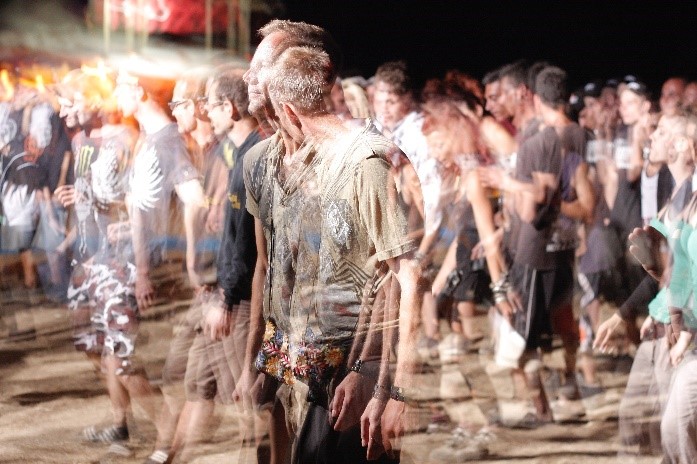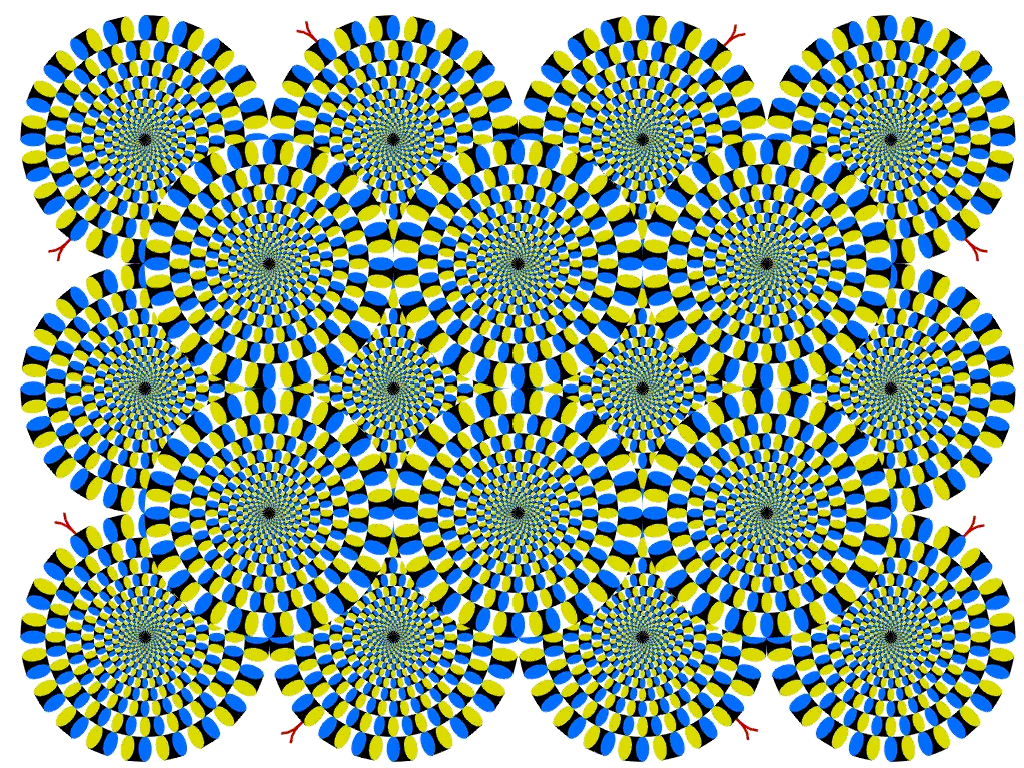Vestibular Hypofunction
Oct 05, 2020
Stare at the image below for a few seconds. Does it make you dizzy? Do you get car sick? Do you get dizzy walking down a spiraled staircase?
Then, you may have Vestibular Hypofunction.
What happens if you have dizziness but it's not vertigo?
1/3 of all patients referred to physical therapy for vertigo are due to Benign Paroxysmal Positional Vertigo. So… what about the other 2/3?
Vestibular hypofunction is defined as the underperformance of the inner ear balance system. The inner ear consists of 5 balance organs: three semi-circular fluid-filled canals that contain motion sensitive cells and the utricle and saccule that sense gravity and tilt. We use the vestibular system to determine where our head and body is positioned and the speed at which you are moving. The Vestibular Ocular Reflex (VOR) uses these organs to adjust your eye movements at a rate that equals the speed of your head movements.
Vestibular Hypofunction occurs when your balance organs are damaged. The sensory cells are no longer sending signals correctly to the brain and therefore, the brain cannot appropriately conduct your head and body movements. When this system is not working properly, we may become dizzy, lose balance or have visual disturbances.
| Peak incidence of dizziness disorders occur around the age of 50 |
| 11:1 ratio of incidence in women to men |
| 15% of all dizziness leads to disability |
| 20-30% of all adults will experience dizziness throughout their lifetime. |
Some causes may be:
- Vestibular neuritis: inflammation of the nerves in the inner ear
- Labyrinthitis: the organs themselves are inflamed and damaged
- Acoustic neuroma: following surgery to remove a benign tumor
- Ototoxicity: damage to cells from medication
- Meningitis
- Head injury
- Meniere’s Disease

What does it look like?
Dizziness or unsteadiness, poor balance particularly with head movement, trouble walking on uneven surfaces or in the dark, blurred vision with quick head movements.
How can Physical Therapy help?
The goal of vestibular treatment is to encourage adaptation, habituation and substitution for lost function or to improve hypoactive vestibular function. We aim to achieve this through:
- Visual stabilization exercises to help with coordination between head and eye movements
- Balance exercises designed specifically for the vestibular system
- Walking exercises to improve balance in challenging environments
If you or someone you know is suffering with these symptoms, please contact us for a physical therapy evaluation.
Sources:
Herbert. D. Vestibular Rehab Specialist Course: American Musculoskeletal Institute. 2020
.Bilateral Vestibular Hypofunction. www.vestibular.org
Vestibular Hypofunction Fact Sheet. APTA:Vestibular Rehabilitation Special Interest Group. www.apta.org August 2015
